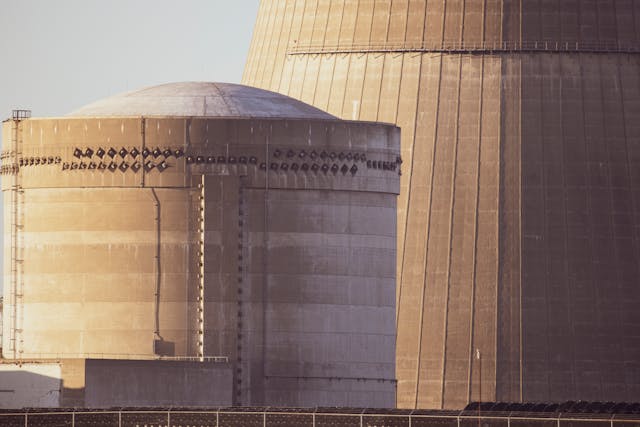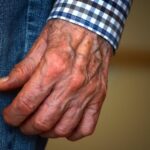Ionising radiation from nuclear disasters has known detrimental effects on the natural environment. The 2011 Fukushima Dai-ichi Nuclear Power Plant meltdown stands as a stark testament to such catastrophic events in recent history. Even now, a decade after the incident, concerns persist regarding the enduring impact of radiation. Particularly elusive are the ramifications of residual low-dose radiation on living organisms at the genetic level.
The primary brunt of such disasters typically falls upon the flora inhabiting contaminated regions, as they lack mobility. Yet, paradoxically, this immobility renders them ideal subjects for scrutinising the effects of ionising radiation on living organisms. Notably, coniferous species like the Japanese red pine and fir exhibited anomalous branching patterns post-Fukushima. Nevertheless, whether such aberrations signify genetic alterations induced by the prevailing low-dose-rate radiation remains uncertain.
In response to this uncertainty, a team of researchers from Japan devised a novel and cost-effective method to assess the mutation risks engendered by low-dose-rate radiation (ranging from 0.08 to 6.86 μGy h-1) in two commonly cultivated tree species of Japan thriving in the contaminated territory. Using a unique bioinformatics pipeline, they examined de novo mutations (DNMs), i.e., genetic changes or mutations absent in previous generations, within the germline of the gymnosperm Japanese cedar and the angiosperm flowering cherry. The study, led by Dr. Saneyoshi Ueno from the Forestry and Forest Products Research Institute, was a collaboration with Dr. Shingo Kaneko of Fukushima University. Dr Kaneko explained the motivation behind their work, stating, “Residents of the affected areas are anxious and seek reassurance in their daily lives. We aimed to dispel any misinformation surrounding the biological repercussions of the nuclear plant disaster.”
For the Japanese cedar sampling, the team initially gauged the levels of radioactive cesium (137Cs) in the cone-bearing branches. Subsequently, these cones were utilised for seed collection, germination, and DNA extraction from the remaining megagametophytes. Conversely, an artificial crossing experiment preceded seed collection and DNA extraction for the Japanese flowering cherry. Employing restriction site-associated DNA sequencing, the researchers juxtaposed the DNA sequences of the offspring with those of the parent. The DNMs were discerned utilising a bioinformatic pipeline devised by the researchers.
Significantly, the researchers discovered no DNMs in the Japanese flowering cherry samples. However, an average of 0.67 DNMs per megagametophyte sample emerged for the Japanese cedar within the “difficult-to-return” zone. Surprisingly, neither the concentration of 137Cs nor the ambient dose rate showed any discernible impact on the presence or absence of DNMs in Japanese cedar and flowering cherry. These findings suggest that the mutation rate in trees thriving in contaminated regions did not significantly increase due to ambient radiation. Dr Ueno emphasised, “Our findings also suggest that mutation rates vary among lineages and are primarily influenced by environmental factors.”
This study marks the inaugural use of DNM frequency to evaluate the aftermath of a nuclear catastrophe. As the proliferation of nuclear power plants heightens globally, so does the peril of nuclear accidents. Regarding the future implications of their research, Dr. Ueno commented, “The methodology advanced in our study can not only enhance our comprehension of the interplay between genetics and radiation but also expedite hereditary risk assessments following nuclear mishaps.”
More information: Saneyoshi Ueno et al, Rapid survey of de novo mutations in naturally growing tree species following the March 2011 disaster in Fukushima: The effect of low-dose-rate radiation, Environment International. DOI: 10.1016/j.envint.2023.107893
Journal information: Environment International Provided by Forestry and Forest Products Research Institute








